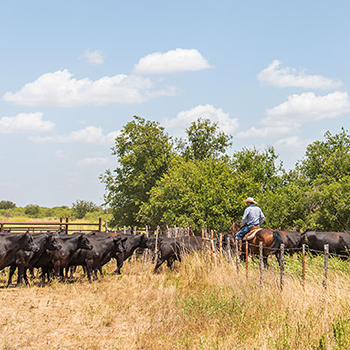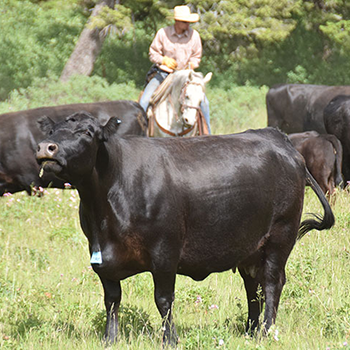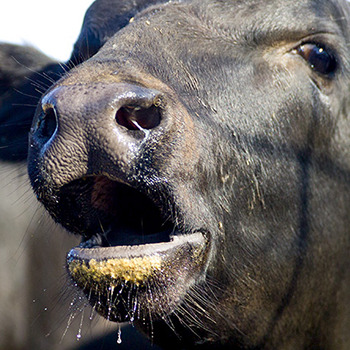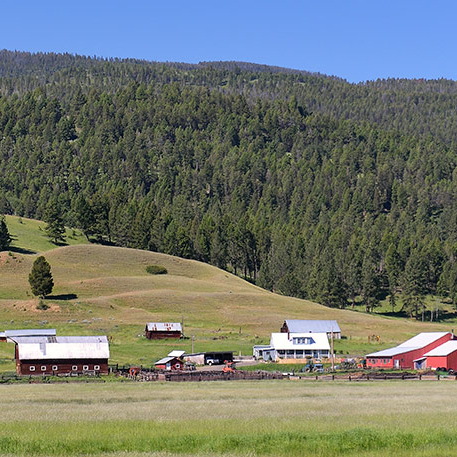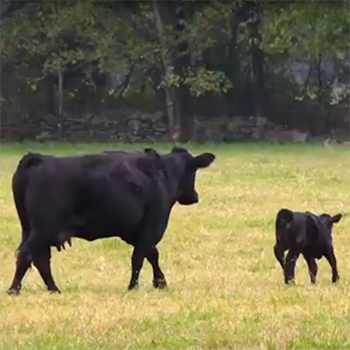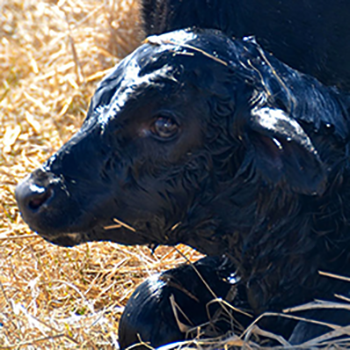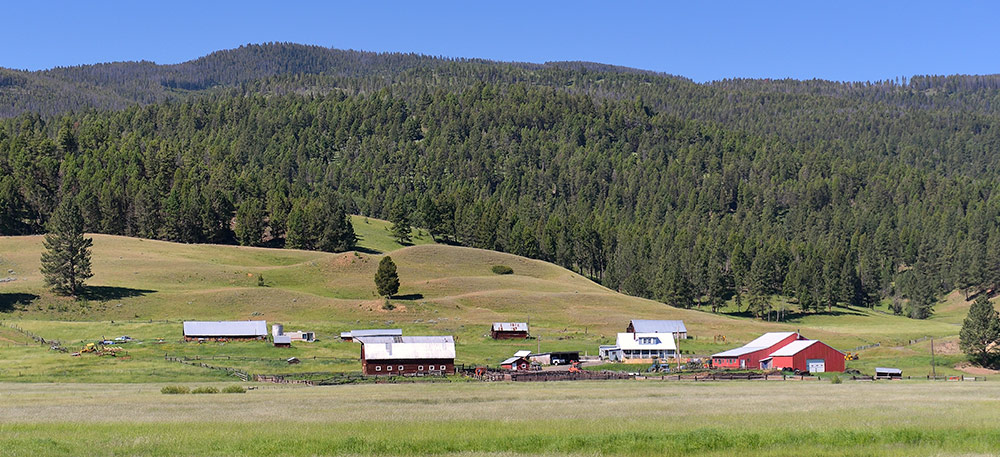
Optimize Conservation Easements
Six tips offered to get the most out of conservation easements.
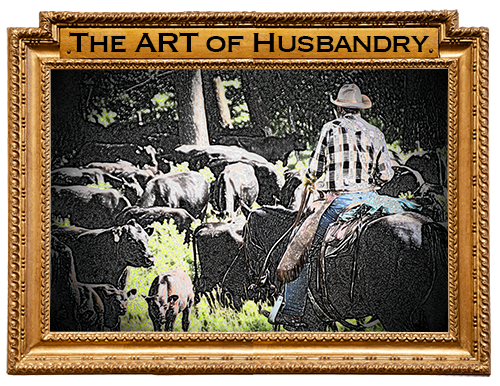
Conservation easements are tools, but they need to work correctly to accomplish their goals. Most producers don’t want the federal government as a long-term partner, says Erik Glenn, executive director of the Colorado Cattlemen’s Agricultural Land Trust. Glenn says there has been significant demand from producers who are considering conservation easements.
He offers six tips to consider when exploring a conservation easement.
- 1. Easements are a tool, simply put. They work in some instances, but not all, he warns. They can be used to pay down debt, diversify revenue, expand operations through 1031 exchange transactions, help with generation transfer and preserve the family legacy.
- 2. Choose partners and contractors wisely. Partners can include a land trust, a government agency or tribe; attorney; accountant; financial advisor; or funders. Contractors can include an appraiser, facilitators and others. Make sure you are comfortable with any and all partners and contractors.
- 3. There are producer-centered land trusts. There is a Partnership of Rangeland Trust (PORT), which is an alliance of agricultural-focused conservation organizations dedicated to preserving America’s working farms and ranches and conserving productive agricultural lands. The partnership includes ag-focused trusts in California, Colorado, Idaho, Kansas, Montana, Nebraska, Oregon, Texas, Washington and Wyoming. Visit https://rangelandtrusts.org/ for more information.
- 4. Structure matters. Who will be the grantor, Glenn asks — an entity or individual? Who is the easement being conveyed to? Is it a 501(c)3, tribe or entity of government to qualify for incentives? Will all property be encumbered or only a portion? Glenn advises that if an organization doesn’t bring this up, that is a red flag. It could also be a donation, purchase, bargain sale, or a buy-protect-sell agreement.
- 5. Easements and terms are negotiable. To help in negotiation, he suggests getting a lawyer who works for you who fully understands your goals. There are tradeoffs. More reserved rights equals more flexibility, but less return on investment, he says. Glenn says easements don’t require public access, so you don’t have to give the government or the public rights to property, and you do not have to prescribe day-to-day management of agricultural operations.
- 6. Read and understand the easement. Ask plenty of questions. If you don’t, that’s another red flag. Know the general structure of the easement and have your team help you understand the details. What are the recitals, laying out conservation values; reserved right and prohibitions; general terms; and exhibits. Terms to understand include subdivision, building rights, mineral and water rights, renewables, amendment, and other rights. Remember these are perpetual documents that are difficult to change, so it is imperative that you know what — and are comfortable with what — you are agreeing to.
